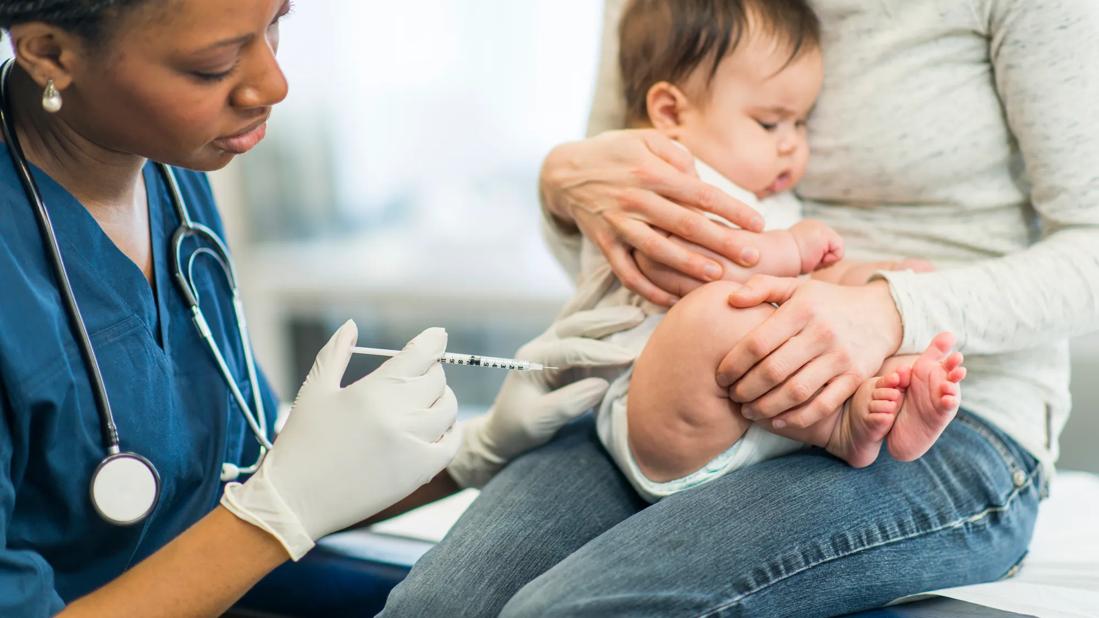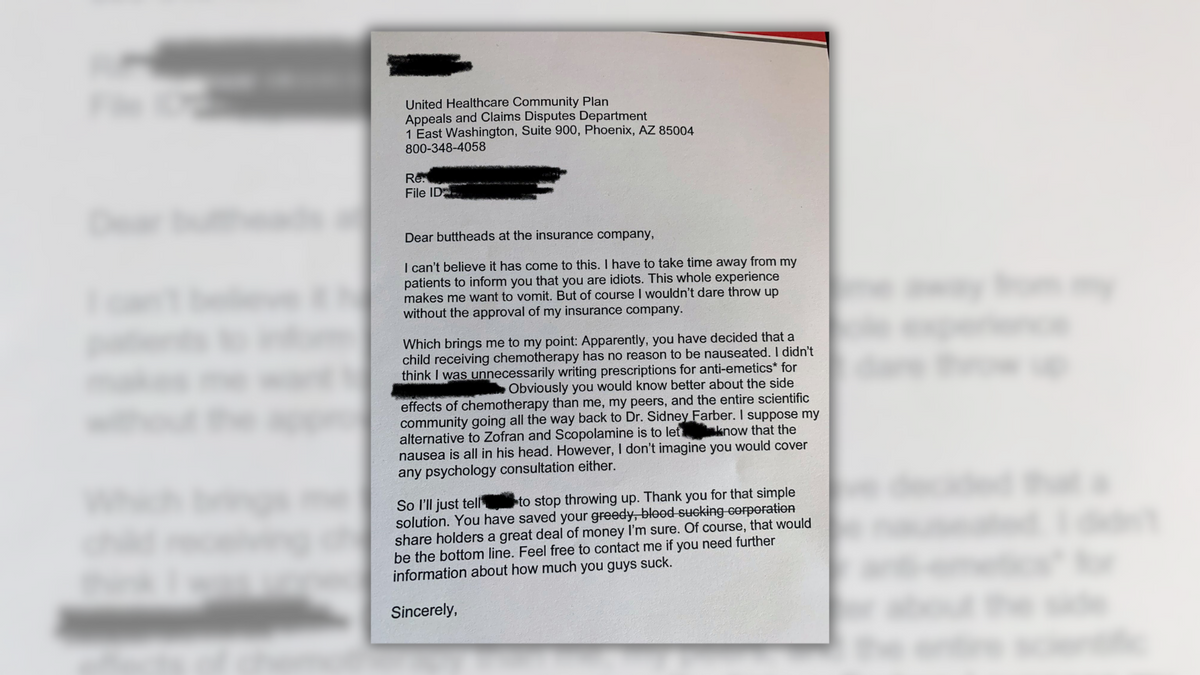How Long Does Strep Throat Last Without Antibiotics?
:max_bytes(150000):strip_icc()/GettyImages-1585069819-9dec5b8de8ab45e28867851b8237e8b1.jpg)
Without treatment, strep throat usually goes away on its own in four to five days. However, healthcare providers recommend treating strep throat with antibiotics like penicillin and amoxicillin to speed healing, prevent transmission, and reduce the risk of serious complications.
Once you begin taking antibiotics, you should start to feel better in two to three days. You can also take nonsteroidal anti-inflammatory medication the help reduce pain and fever.
andreswd / Getty Images
Strep

When to See a Healthcare Provider About Strep Throat
Because there is a risk of serious complications, you should always see a healthcare provider if you think you have strep throat. Symptoms such as a sore throat, enlarged tonsils, swollen lymph nodes, and fever, could be red flags.
You should also inform a healthcare provider if you’re exposed to someone with strep throat and develop symptoms.
What Happens if Strep Throat Is Untreated?
While your body may be able to fight strep throat without antibiotics, healthcare providers consider it a condition requiring prompt treatment. Untreated strep throat can put you at risk for developing complications, such as:
- Kidney inflammation: Inflamed kidneys can ultimately advance to kidney failure.
- Rheumatic fever: A serious illness that can lead to stroke and permanent heart damage, rheumatic fever most often occurs in children ages 5–15.
- Abscesses: These are infected pockets in the throat.
- Scarlet fever: This is an illness that causes a signature rash that spreads throughout the body.
Treating strep throat with antibiotics can also lessen the duration that a person is contagious and speed up the time it takes to heal.
How Long Does Strep Throat Last?
Most of the time, strep throat lasts for only a few days without treatment. Once you take antibiotics, you are less contagious within 24 to 48 hours. If left untreated, you could be contagious for two to three weeks.
How Do You Know if You Have Strep Throat?
Besides a sore throat, you may experience other strep throat symptoms, including:
- Fever
- Red and swollen tonsils
- White patches or streaks on the tonsils
- Swollen lymph nodes in the neck
- Red spots on the roof of the mouth
- Headache
- Chills
- Abdominal pain
- Nausea or vomiting
- Rash
Because a sore throat can have other causes, you will need a healthcare provider’s diagnosis before you can receive treatment. Your healthcare provider may recommend a rapid strep test, which involves using a cotton swab to take a sample of the fluids at the back of the throat. This test takes only about five minutes to show the results.
If your test comes back negative, but your provider still suspects strep, the sample can be sent to a lab for a throat culture, which usually yields results within a couple of days.
Is It a Cold or Strep Throat?
People with strep throat usually don’t have a cough, stuffy nose, hoarseness, or pink eye (conjunctivitis). These symptoms may be signs of a viral infection, such as the common cold.
Who Gets Strep Throat?
Strep throat is more common in children than in adults, but anyone can get it. About one in 10 adults with a sore throat have strep, while around three in 10 children with a sore throat have strep. Adults with children living at home and teachers who work with younger children are also more likely to get strep throat.
Strep throat is caused by exposure to group A Streptococcus bacteria. It spreads quickly from person to person. You can get the infection via direct contact with someone with strep throat.
Bacteria like group A Streptococcus can spread in a few different ways:
- Through respiratory droplets when an infected person coughs, talks, or sneezes
- Touching a contaminated surface or drinking from a cup after someone with strep drank from it
- Rarely, through foods that aren’t handled properly (group A strep bacteria)
It typically takes two to five days for someone exposed to the infection to develop symptoms of strep throat.
Does Strep Throat Require Antibiotics?
Though it is possible to recover on your own without treatment, your healthcare provider will likely recommend a 10-day course of antibiotics. Penicillin and amoxicillin are common choices. Antibiotics can help you recover faster and help reduce your chances of spreading the bacteria to someone else. Antibiotics can also prevent complications like rheumatic fever.
Symptoms should wane two to three days after starting on antibiotics. You should keep taking the medicine even if you begin to feel better. If you stop, harmful bacteria can linger in the throat, and your symptoms may return.
Carriers Don’t Always Need Antibiotics
Some people test positive for strep but have no symptoms. These “carriers” usually don’t need antibiotics and are less likely to spread the bacteria.
Managing Symptoms
While you’re taking antibiotics, there are a few additional things you can do to help feel better faster:
- Get plenty of rest and stay hydrated.
- Take pain-relieving, fever-reducing medication such as Tylenol (acetaminophen) or Advil (ibuprofen).
- Use a throat rinse made from a cup of warm water and 1/2 teaspoon of salt.
- Suck on throat lozenges which can provide relief for adults and children over the age of 4.
- Try using a cool-mist humidifier when you sleep.
- Avoid eating hard foods such as crusty bread, apples, etc.
- Avoid irritants like tobacco smoke and cleaning products.
How Long Is It Contagious?
Strep throat is contagious until you have been taking antibiotics for 24 hours and your fever has resolved. If you have untreated strep throat, however, you can infect others for up to two to three weeks.
Strep With No Symptoms
People who develop strep throat and don’t have symptoms are still contagious.
How to Prevent Strep Throat (and Slow the Spread)
You may not be able to prevent strep throat completely, but you can reduce the risk of spreading the infection by:
- Washing your hands often with soap and water for at least 20 seconds, especially after coughing or sneezing
- Covering your mouth when you cough or sneeze
- Discarding used tissues
- Using an alcohol-based hand sanitizer if soap and water aren’t available
- Washing glasses, utensils, and plates after you use them
When Can You Return to Work or School After Strep Throat?
The Centers for Disease Control and Prevention (CDC) advises returning to work or school when you no longer have a fever AND have taken antibiotics for at least 12–24 hours.
Summary
Healthcare providers recommend that most people take antibiotics if they test positive for strep throat. The only exception to this would be carriers of strep who don’t have symptoms.
Though strep throat may go away on its own, not treating the infection can lead to longer healing times, a greater likelihood of spreading strep, and a potentially higher risk of developing complications.
link

:max_bytes(150000):strip_icc()/headshot2-1cfcc34bde684b60bc07d677b44ad7a6.jpg)





